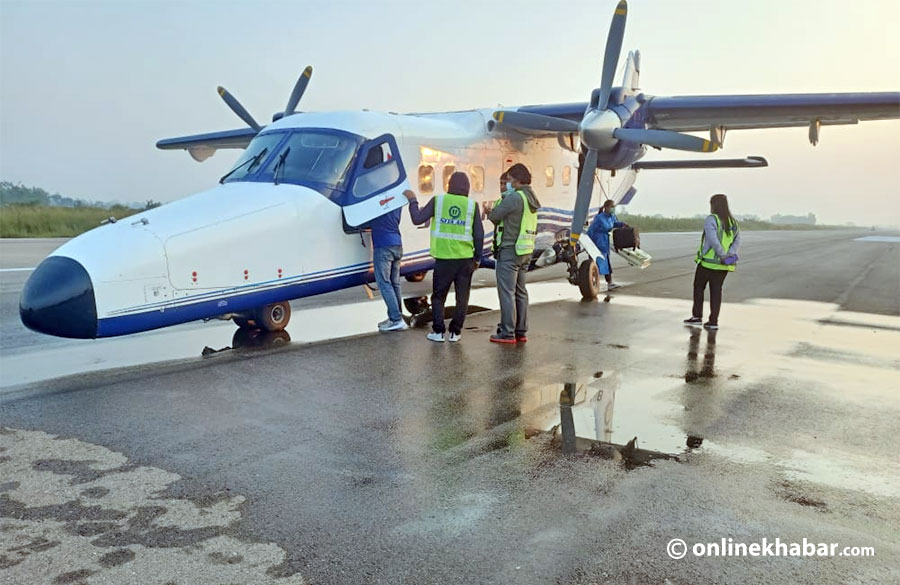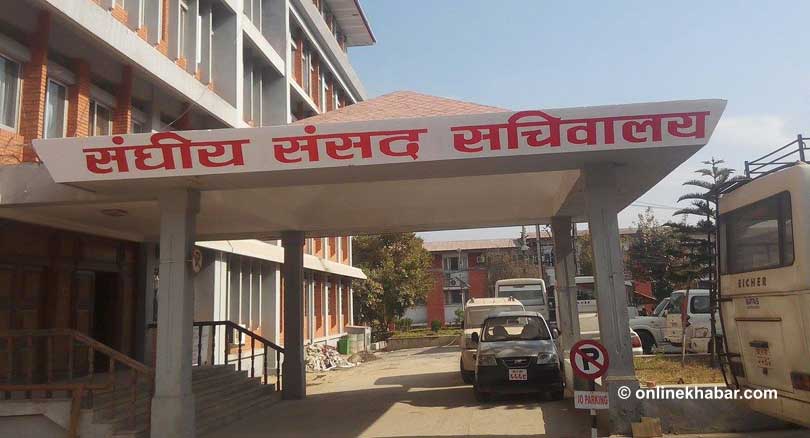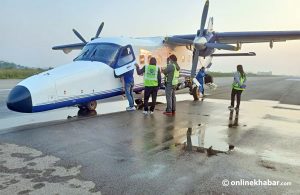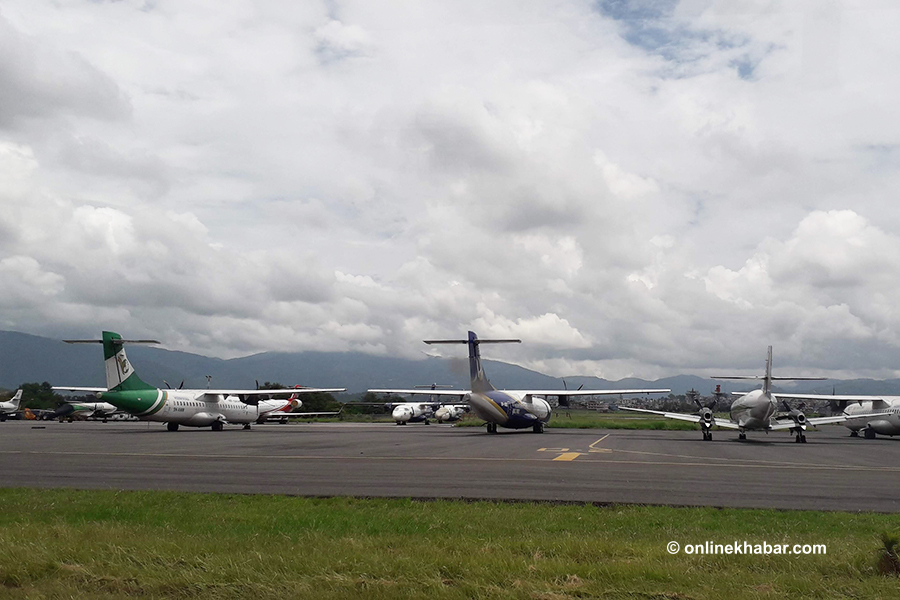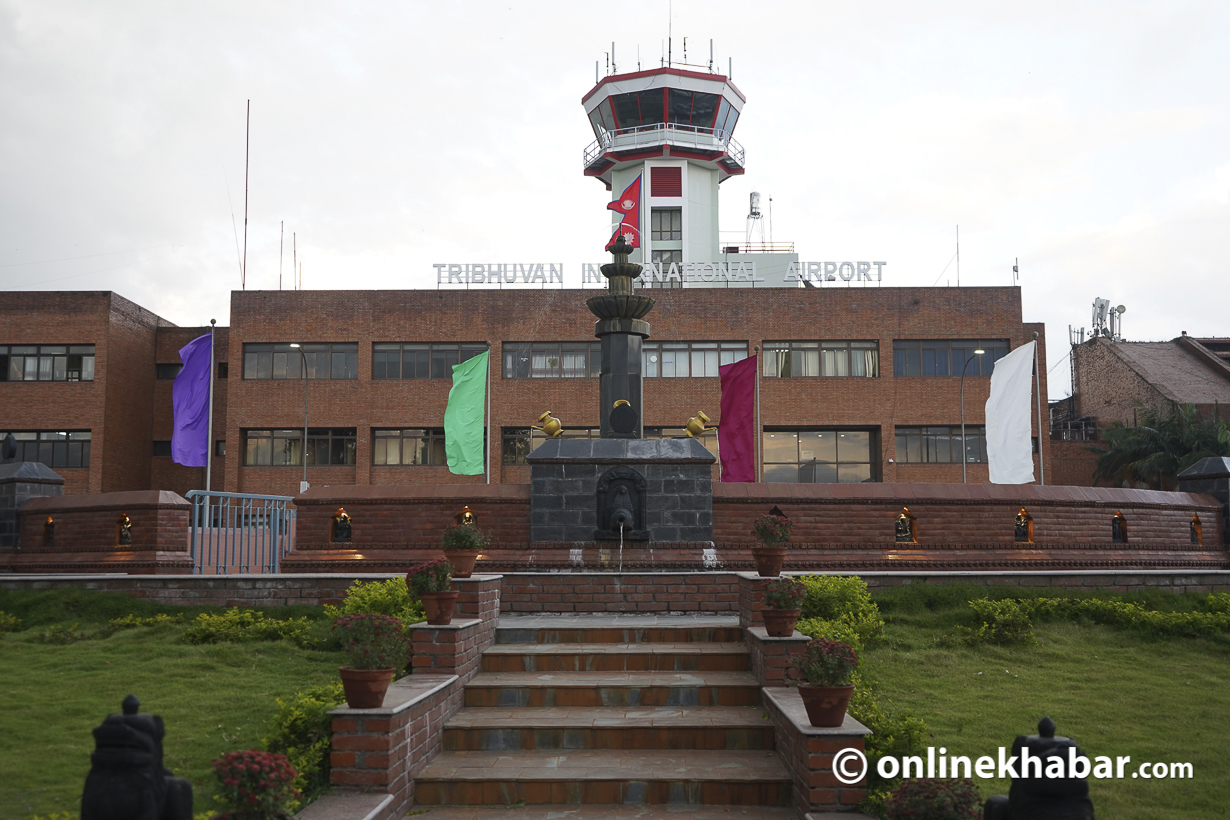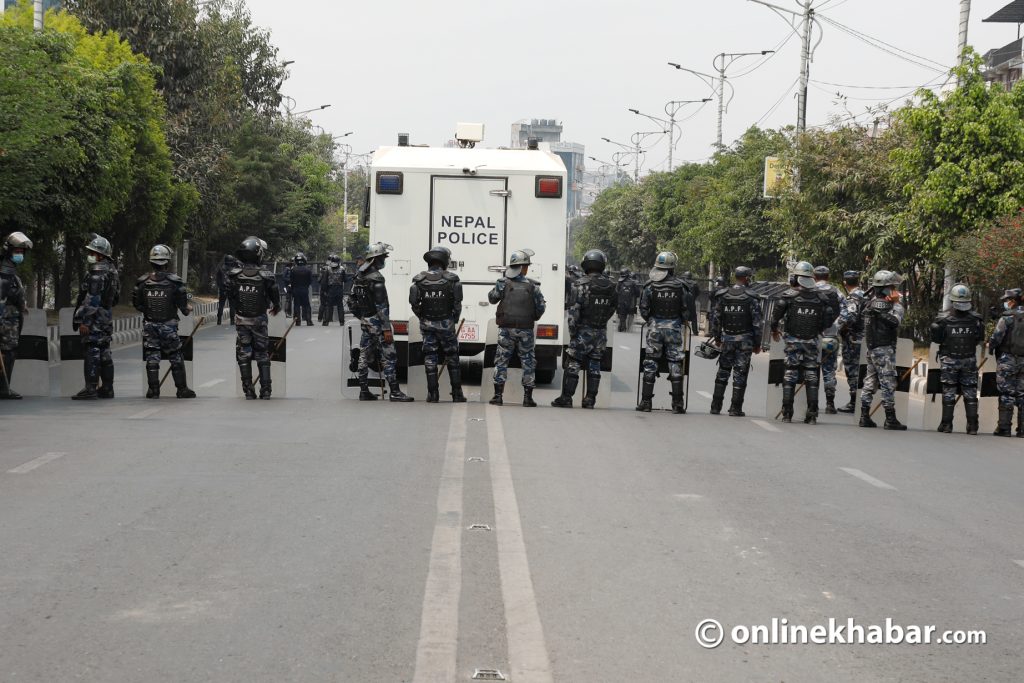On November 2, the Nepalgunj Airport had a close shave; it just managed to avoid a potential big plane crash. After hitting a boar, Sita Air’s 9-NHB aircraft sustained a hole, but 14 passengers and crew on board were safe. The boar piglet, unfortunately, was killed on the runway.
A week before that, a Buddha Air flight hit a porcupette (young porcupine) at the same airport. Then too, a potential accident was avoided due to the animals’ small sizes.
Apart from these two incidents, the ‘Aviation Safety Report 2020’ published by the Civil Aviation Authority of Nepal (CAAN) says 70 incidents occurred at airports across the country in 2019, due to wildlife and birds. Out of them, 11 per cent of the accidents were serious, which could have led to more accidents.
Although these incidents might put passengers’ lives in danger and lower the country’s aviation safety standard, concerned authorities, however, have not made needful efforts to mitigate them in the future.
The real risk

According to Tribhuvan International Airport General Manager Bhola Prasad Guragain, who previously worked as the chief of Nepalgunj Airport, the risk of wild animals is high at airports in the southern plains of the country due to the dense forest near the airports. Even if there are fences installed, the aforementioned animals can enter by digging the ground, making the airports vulnerable.
As he recalls once a python was seen on the runway of Nepalgunj Airport, after which the staff called the Forest Office and handed the reptile over to it.
However, the airport runway is deserted at night. Guragain says the stray animals come out at night, graze and return to the forest after human activities start in the morning. Many run towards the runway causing accidents.
Damage to airlines, passengers at risk
The Civil Aviation Authority of Nepal collects fees from airlines for airport management. While the companies add the fees to the tickets and collect them from the passengers, the airport and air security, however, are still not up to the mark.
Subsequently, due to this, the aircraft and passengers are both at risk. The spokesperson of Yeti Airlines, Sudarshan Bartaula, says the stakeholders have to pay the price for the CAAN’s negligence.
“One of our aircraft is damaged in Nepalgunj and is awaiting maintenance. But, who will compensate the company’s loss,” he asks.
Three airports at greater risk
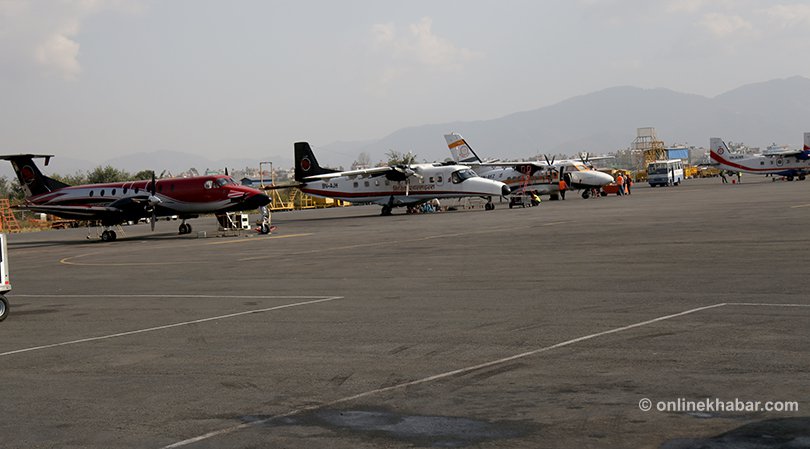
According to the airlines and CAAN, Nepalgunj and Bhairahawa airports are at high risk of wildlife with the latter at higher risk of the entry of Asian antelopes.
Apart from the presence of forests nearby, the lack of a strong barricade around the airport and the lack of regular mowing of areas around the runway have increased the risk of wildlife.
In the winter seasons, flight safety is challenged even by the birds that reach there to eat the earthworms around the airport grounds. There is a higher risk of birds disrupting flights at the Tribhuvan International Airport in Kathmandu also.
As many as 19 people were killed when a bird crashed into a Sita Air aircraft and had to do an emergency landing at Manohara field just minutes after taking off from the TIA on September 29, 2008.
According to Guragain though, the birds and wild animals are chased away regularly using monitoring equipment. A hunter has also been appointed. When a large flock of birds arrives, the aircraft are put on hold. But, there are no such arrangements in the airports outside Kathmandu.
How to reduce risk?
CAAN’s former director-general Sanjiv Gautam says regularly removing bushes around the airport can reduce the risk to a great extent. “It is the responsibility of CAAN to ensure flight safety at the airport,” he says, adding, “It should not be avoided.”
Gautam suggests that all airports adopt measures and equipment as practised internationally to reduce the risk of wildlife on flights.
All aviation safety incidents in 2019:
- January: 3 (3 due to wildlife)
- February: 3 (2 due to wildlife)
- March: 3 (0 due to wildlife)
- April: 8 (0 due to wildlife)
- May: 6 (1 due to wildlife)
- June: 5 (1 due to wildlife)
- July: 5 (1 due to wildlife)
- August; 8 (3 due to wildlife)
- September: 10 (5 due to wildlife)
- October: 12 (2 due to wildlife)
- November: 3 (1 due to wildlife)
- December: 4 (2 due to wildlife)
Total: 70 (21 due to wildlife)



